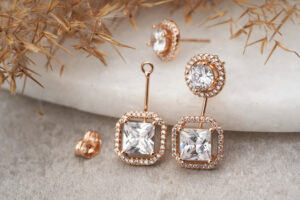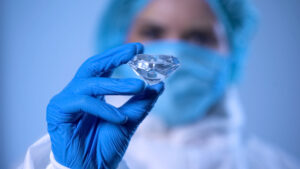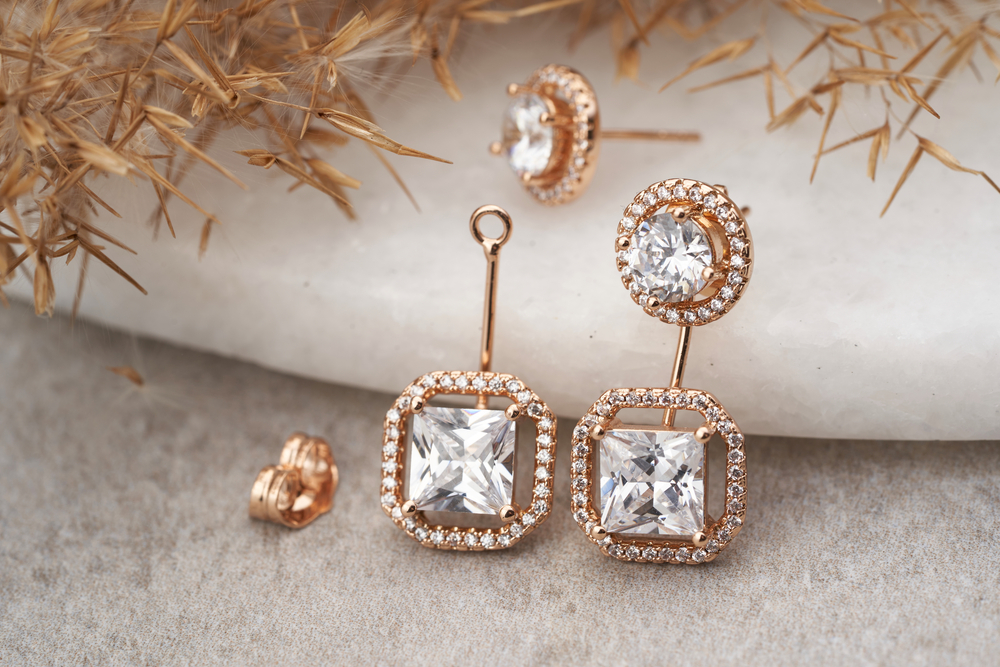
Lab-grown diamonds, also called man-made diamonds, are created in carefully controlled lab settings with the help of advanced technical procedures that mimic the circumstances under which diamonds originate naturally underneath the Earth’s crust. Actual carbon atoms are grouped in the diamond crystalline structure in these lab-created diamonds. Since they are made of the same substance, they have the same optical and chemical properties as mined diamonds.
It is observed that many jewelry stores are selling lab-grown diamonds as natural diamonds and gaining huge profits. When searching for a diamond engagement ring, lab-made diamonds may be substituted for mined diamonds. If you bought a diamond ring and want to know whether you have a natural or lab-grown diamond, there are several tests that you can do to identify which one it is.
Let’s take a look at some of these common tests that helps you to find out whether your diamond is natural or lab-created.
UV Radiation And Photoluminescence Spectroscopy
Only specialized lab testing can say with absolute surety that a diamond is lab-created or mined. For this purpose, gem labs such as GIA have built extremely complicated and sophisticated technologies.
The machines work by exposing a diamond to various kinds of radiation and then evaluating the results. Some tell-tale markers of the various procedures used to make lab-grown diamonds emerge as spikes and troughs at specific wavelengths in spectroscopic research.
A qualified gemologist can even identify minuscule growth lines in which each layer of diamond material was formed on top of the previous CVD diamonds. As a result, we can submit a diamond to a GIA gem lab and obtain a report indicating whether or not it was created in a laboratory setting.
Type IIa Test

The presence of a Type IIa diamond has been one of the best markers of whether a diamond was created in a laboratory setting. Type IIa refers to the carbon purity of the diamond. Although Type IIa diamonds account for less than 2 percent of all natural diamonds, they account for the vast bulk of gem-quality lab-made diamonds. As a result, if your diamond is Type IIa, you can be certain it was generated in a lab.
Like every gemological test, the Type IIa test is only a marker for the gemologist to use. It is not a foolproof test because there are Type IIa lab-produced diamonds and Type IIa mined diamonds. In order to perform the test, a diamond should be a loose diamond.
